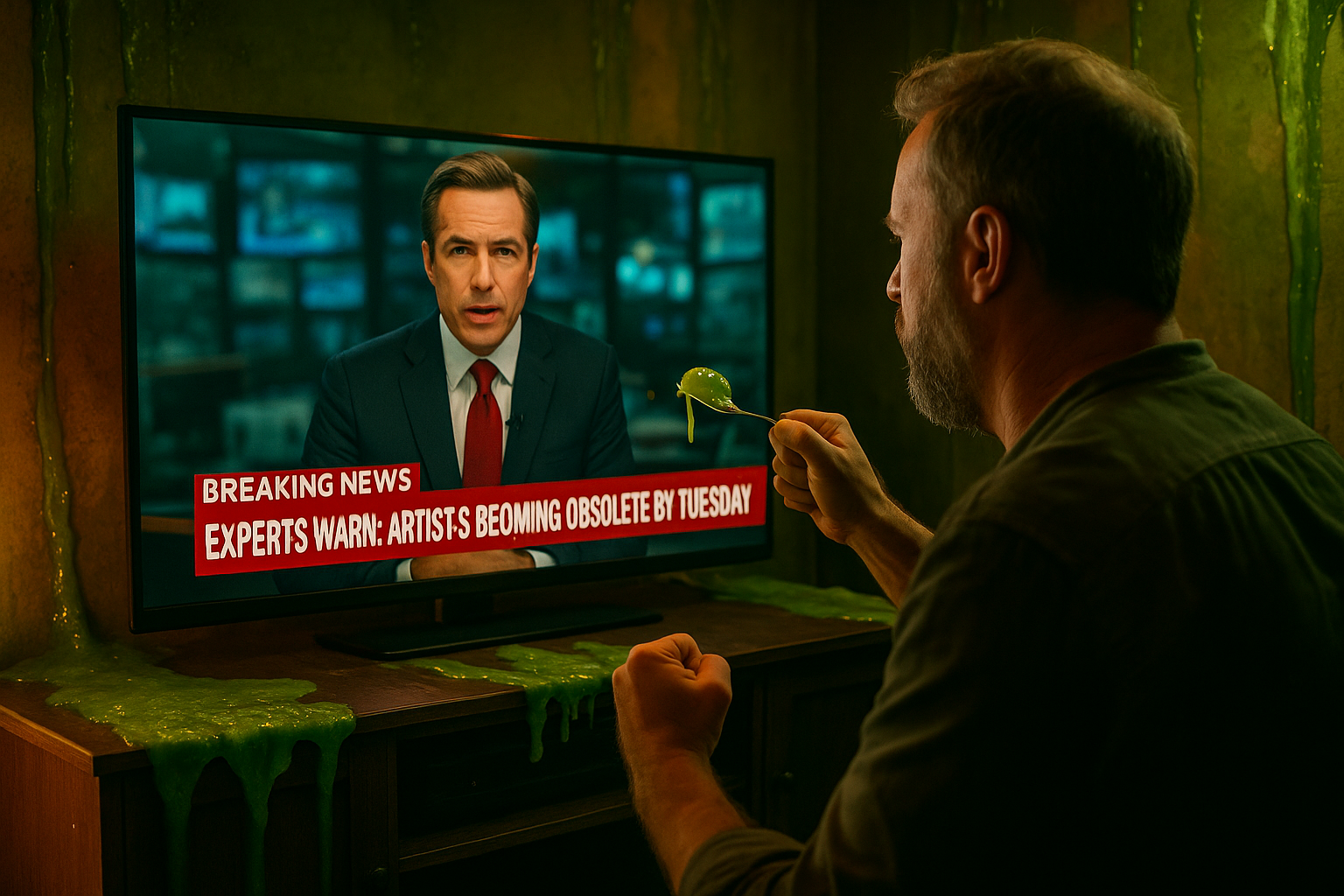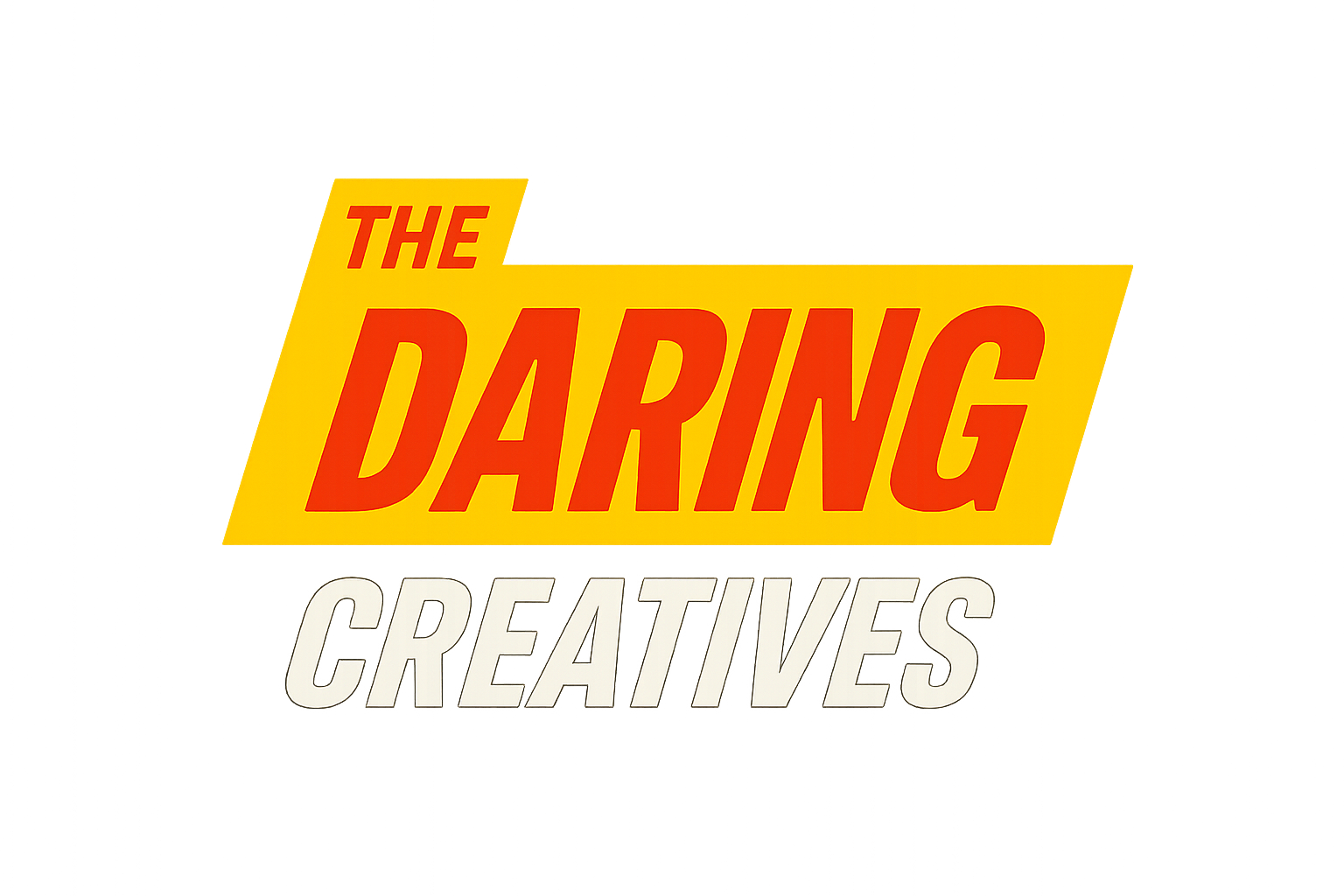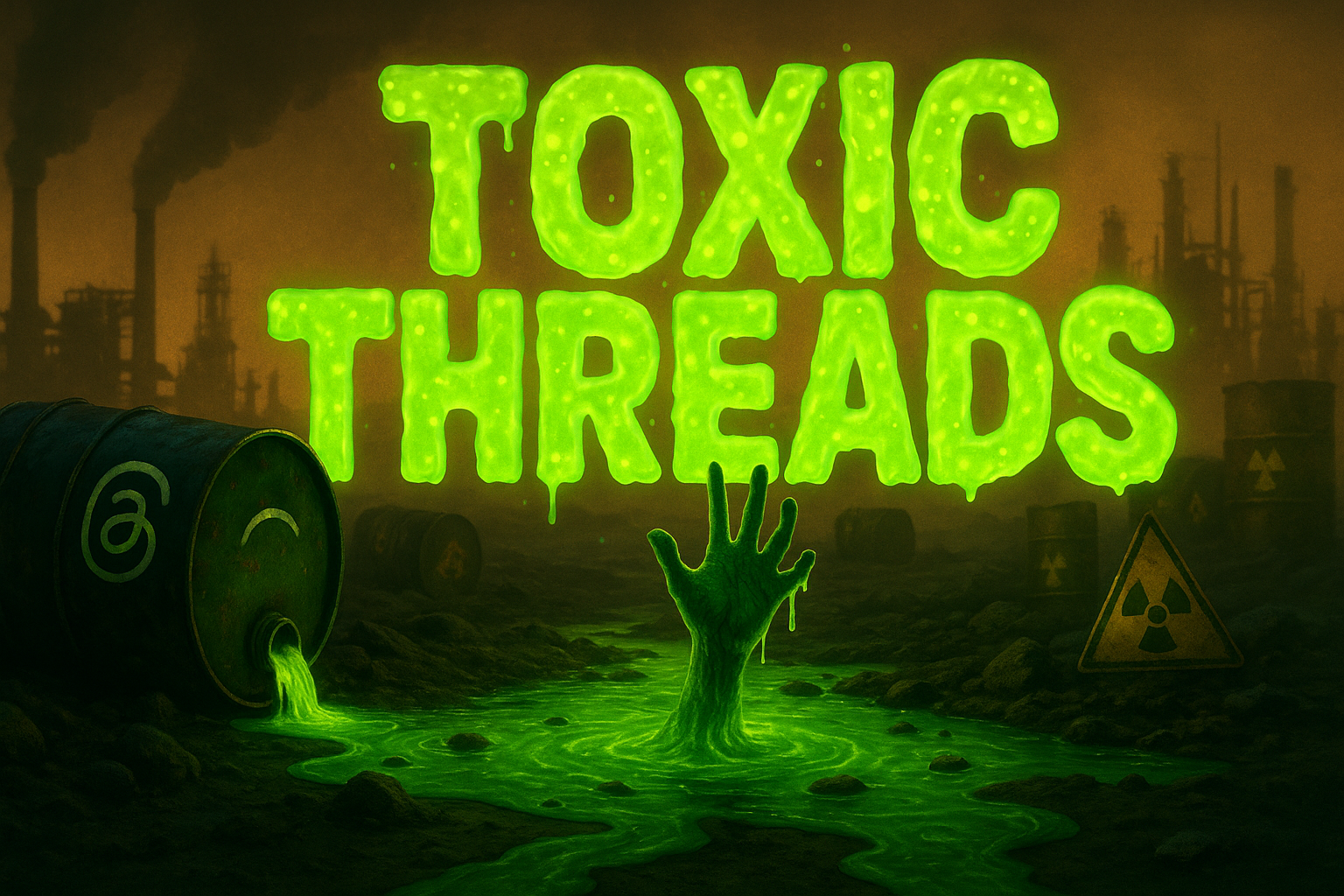There’s something eerily familiar about the mob of people attacking AI art online these days, dismissing it as soulless, and ridiculing anyone who dares to experiments with it. The tone, the certainty, even the moral outrage — it all feels like déjà vu.
It’s the same kind of moral policing that fueled the “woke” movement — a movement that started with good intentions but eventually burned itself out through self-righteous overreach. The tactics are identical: shame, ostracize, and claim the moral high ground while refusing to engage with nuance.
These conversations are happening right now on Threads, and it doesn't take long to start seeing the pattern repeat itself in real time.
Different Face, Same Behavior
The comments say it all.
“I think the more people will be using AI, the more analog real musicians will go.” — @flaviyake
“In all honesty, real human-made music (and any art) is one of the realest goddamn things left in this increasingly fake and artificial world of fake likes, fake profiles, fake lives, fake AI music/art BS. Real art is the closest thing to magic we have.” — @fanufatgyver
“AI artists are fighting so hard to be seen as legit! Not the untalented hacks they really are.” — @allmyvoicesmusic
That last one hit a nerve.
I went to college for music composition, with an emphasis in digital music. Back then, we were running Pro Tools 1.0 and learning how to connect instruments to computers through MIDI — which, at the time, was just as controversial as AI is now.
There was a lot of pushback. The samples sounded cheesy or outright bad, and most musicians dismissed it as a gimmick. But the technology kept evolving and what started as “not real music” eventually became the standard.
I also spent 20 years performing as a classical and jazz violinist, so I’m not new to this debate. I’ve lived the analog side deeply. The irony is that the person above calling AI artists “untalented hacks” makes beats that he gives away for free. The same type of culture of samples and sharing that would actually fit in well with the current state of AI music, but he doesn't see that.
That's because it's never been about “real music” versus “fake music.” It’s always been about fear and lack of control.
It’s Not About Art. It’s About Control.
When people say “AI art isn’t real,” what they really mean is “I don’t know where I fit anymore.”
They built their identities on being gatekeepers of taste, skill, and access. Now a new generation is experimenting, remixing, and publishing instantly. The hierarchy has cracked.

Thing is, I don’t think most of these people realize they’re being gatekeepers. They think they’re defending art — but they’re repeating talking points shaped by incomplete, coordinated misinformation from mainstream media. A lot of what they believe about AI isn’t rooted in experience; it’s rooted in fear that’s been fed to them on a spoon.
One common myth is that “AI music just copies existing songs and therefore isn’t original.”
The fact is, most generative music systems learn broad patterns — rhythm, harmony, structure — from large datasets and then create new combinations of those patterns. They don’t store or replay full songs. Listening and learning isn’t the same as copying — no more than a musician who hears something and becomes inspired to build off of it. Yet you’ll still hear people claim "the machines are stealing art!!" That oversimplification fuels fear, not insight.
So they moralize it. They frame progress as corruption. But underneath the outrage is fear of losing relevance.
This Cycle Always Ends the Same Way
The “woke” era didn’t die because people stopped caring about fairness. It died because it became performative, exhausting, and impossible to keep up with. It demanded conformity in thought and that's something that should never happen in art.
People will get tired of being told they’re immoral or lazy for using a tool that helps them create. The cultural pendulum always swings back toward curiosity.
And when it does, being proudly “anti-AI” will look as outdated as the critics who said digital cameras weren’t real photography, or that electronic music wasn’t “real music.”
The Future Belongs to the Curious
Real artists don’t fear tools. Real artists also don't fear boundaries (or pushing them). The line between analog and digital, human and AI, is about to blur completely. The artists who thrive will be the ones who build, not the ones who guard.
This isn’t the end of art. It’s just the end of gatekeeping.
💬 These conversations are unfolding daily on Threads, and they’re worth watching. Follow the discussion at @thedaringcreatives.


